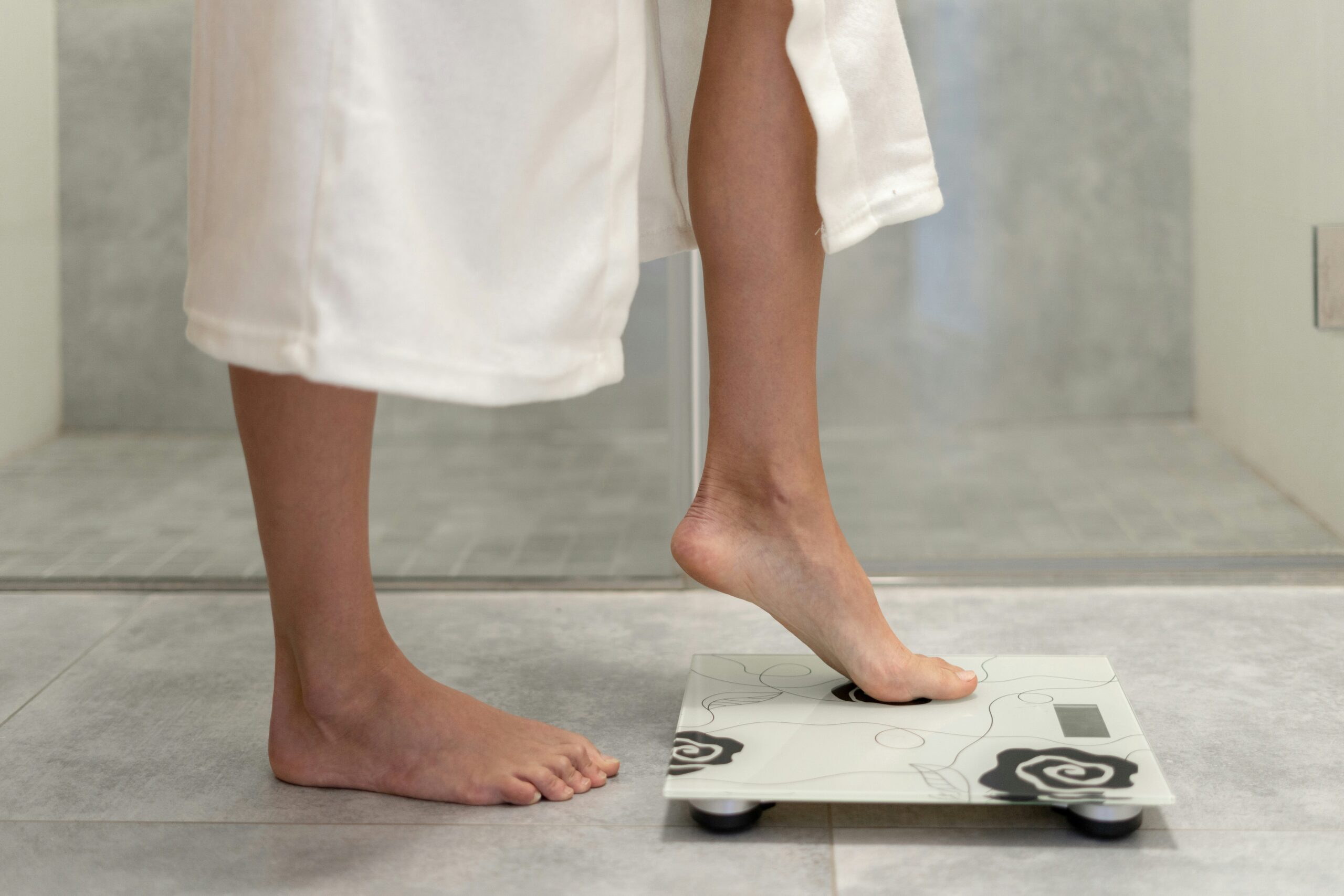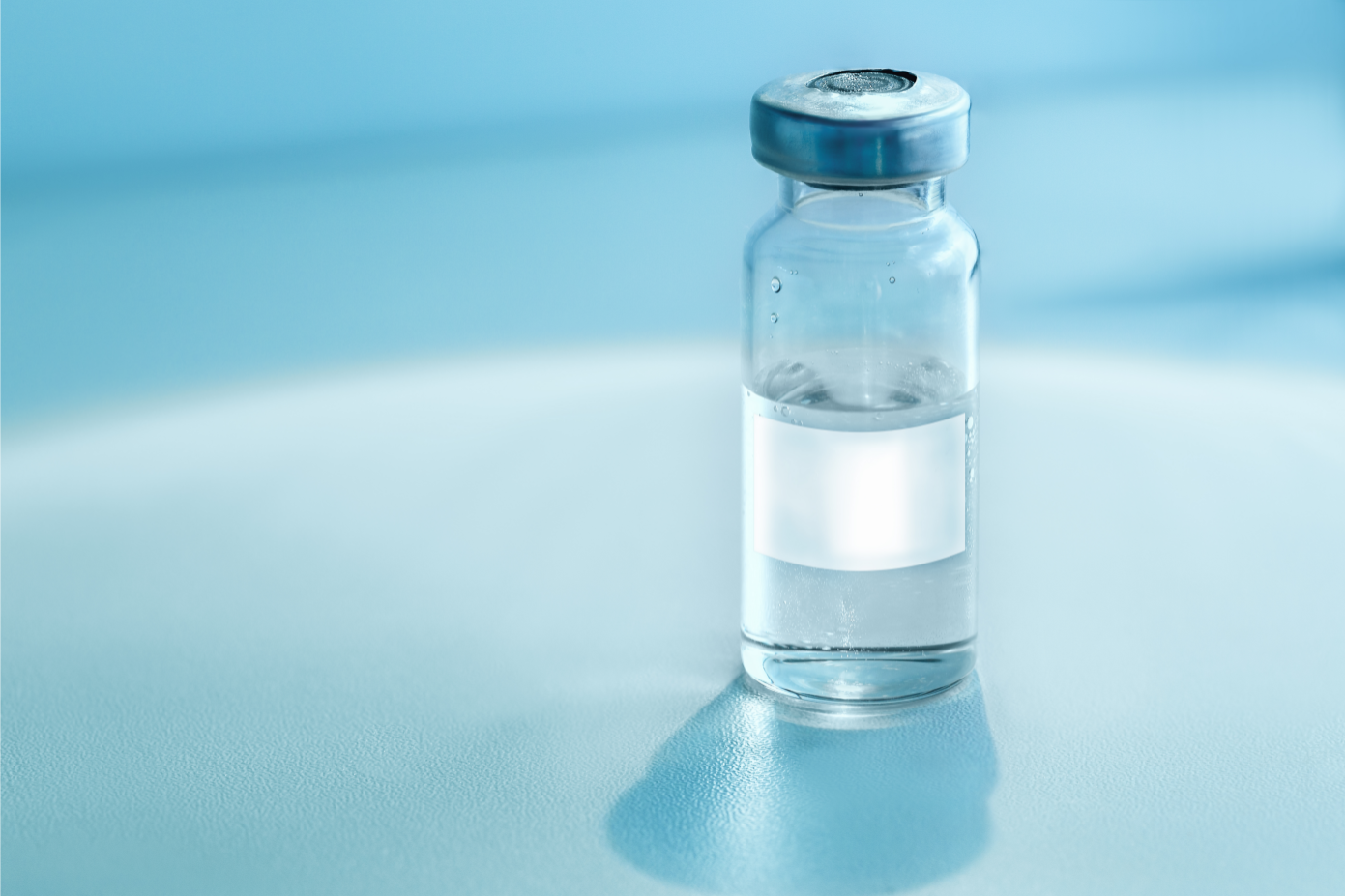When you focus on your physical health, you can often wonder how much exercise is recommended to complete throughout a week. Maybe you should up your workouts each week to keep healthy, or perhaps you have some room to take some days off. Judging on an all-encompassing scale, what an individual should do to maintain their fitness is difficult to define. Each person has their own needs and abilities, so it is a struggle for medical professionals to give out an amount of exercise that applies to everyone.
One such organization that has successfully attempted this was the American College of Sports and Medicine, also known as the ACSM. They have worked in line with the Center for Disease Control, or CDC, to create a baseline for physical activity for people in various physical conditions in the 2018 publication Physical Activity Guidelines for Americans, 2nd edition.
The ACSM has been known as the gold standard for physical recommendations in its industry. They take into account updated studies from around the world to publish general guidelines for activities to help people maintain their fitness and health. Our growing scientific understanding of the human body and how to keep this machine running smoothly have led to changing suggestions and debates. But following the ACSM guidelines is to make decisions off on the most recent data and medical understanding of what the human body needs.
ACSM Exercise Guidelines for Adults
If you are between the ages of 18 and 65, there are two essential tasks you should complete each week to assist your physical and mental health.
Number one is to get 150 minutes (or 2.5 hours) of moderately intense aerobic activity each week. That much time may seem like a lot at first, but you can cut it up in many different ways. The ACSM suggests a minimum of 30-minute workouts for five days a week as a possibility. Moderate activity includes items such as a brisk walk or low-impact exercises. It gets your heart rate up but doesn’t necessarily get you gasping for air.
Note this is at a moderate activity level, so if you elect to do more vigorous workouts, you can do 20 minutes of aerobic exercise three days a week. These workouts are items such as running, HIIT training, or boxing.
The second guideline is to perform muscle-strengthening activities that work all the muscles in the body two days every week. If you are a gym-goer, this can be done with various weights and dumbbells. But if you struggle to find that kind of time or equipment, you can improvise your own with heavy rocks from your yard or even grocery bags after running to the store.
And that is it! Two and a half hours of aerobic exercises and weight training twice a week is what the CDC and ACSM have agreed to be a beneficial level of exercise for adults. Upping your workouts is healthy, too, but if you are looking for a baseline of activity, this is it.
Exercise for Older Adults
Being above the age of 65 can mean that you cannot keep up with physical activities as well as before. It is essential to understand your limits and stay within what you can do safely. Otherwise, you risk the chance of injuring yourself severely. So consult with your doctor before making any significant changes to see the best fit for you.
In general, it is recommended that seniors keep to those previously stated recommendations as closely as possible. If you cannot complete the entire two and a half hours of aerobics, do as much as possible. You don’t have to meet these guidelines to improve your health. After all, they are suggestions and not strict rules.
Some activities that help meet these marks are simple walks and water aerobics to satisfy the aerobic activity element. For the weight training part, practices like yoga and tai chi can be helpful in both loosening up and strengthening muscles while helping with your balance.
Exercise for Adolescents
Teenagers and younger children tend to have a lot of energy and do not need too much assistance in getting outside and exercising independently. There still are some goals you can strive for to help keep your kids healthy.
The ACSM encourages developing children to perform at least one hour of physical aerobics every day. Games such as tag, soccer, basketball, and even dance lessons are great for accomplishing this.
Weight training exercises can look slightly different for children as it can be dangerous and silly to let them play with heavy dumbbells. Instead, activities such as using the jungle gym or playing tug of war can help strengthen muscles. Actions such as these are recommended to be done for three days each week.
Growing kids need to strengthen their bones to keep them from breaking easily. So bone-strengthening exercises such as jump rope or hopscotch are recommended three days a week.
Conclusion
There can never really be a perfect formula for everyone with health and fitness. Each body has different functions, needs, and capabilities, making it hard to generalize an exercise guideline. Many medical professionals have consulted a multitude of data to come to these suggestions, but in the end, it comes down to the individual.
If you are looking to improve your fitness and do not know where to start, these guidelines are great for showing you what you need. Finding ways to exercise that are fun for you is essential in sticking you to these guidelines, which is key to living a healthy lifestyle. If you want to look more into the ACSM official guidelines publication, click here to find a PDF download link and review their suggestions.






